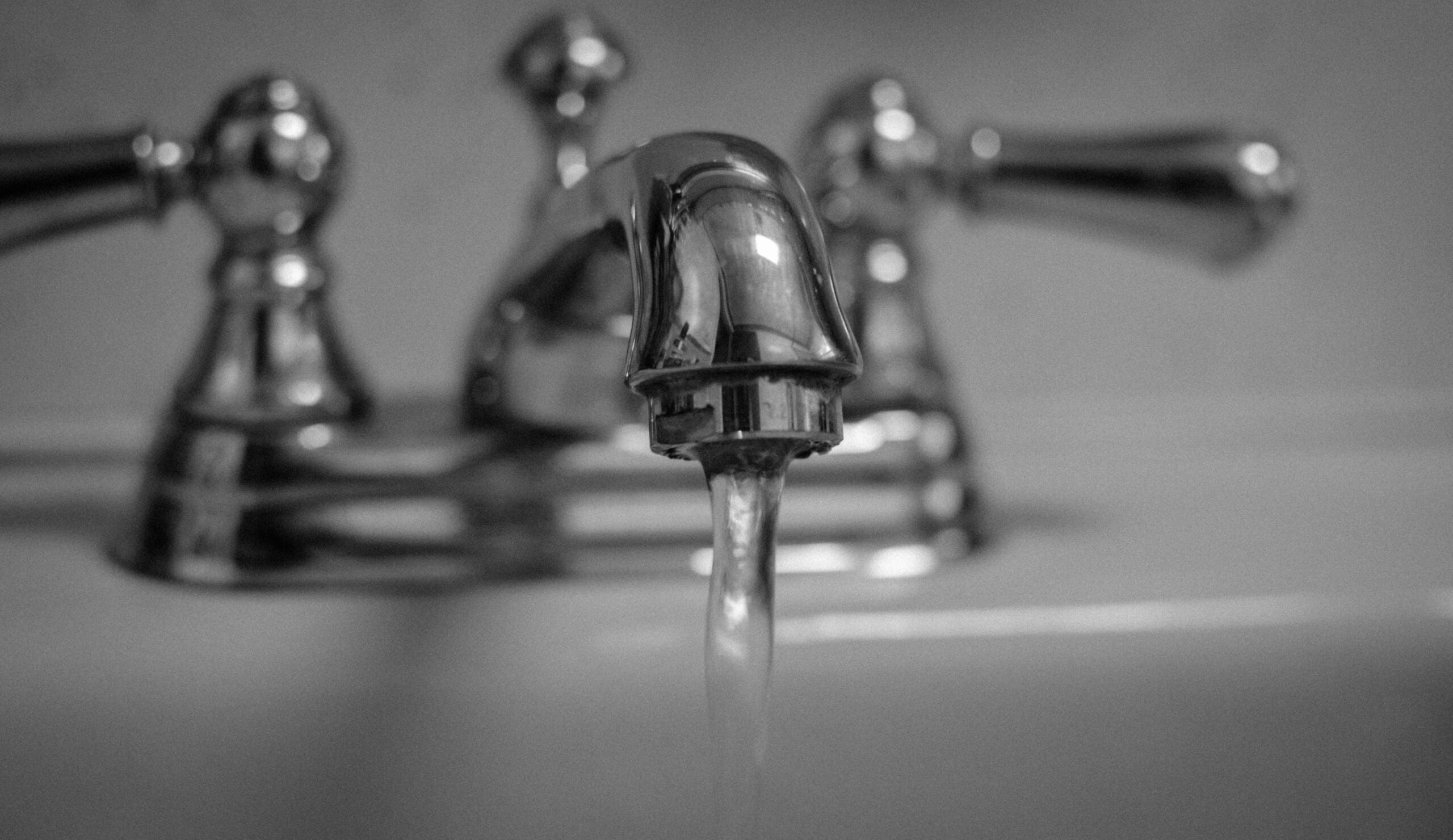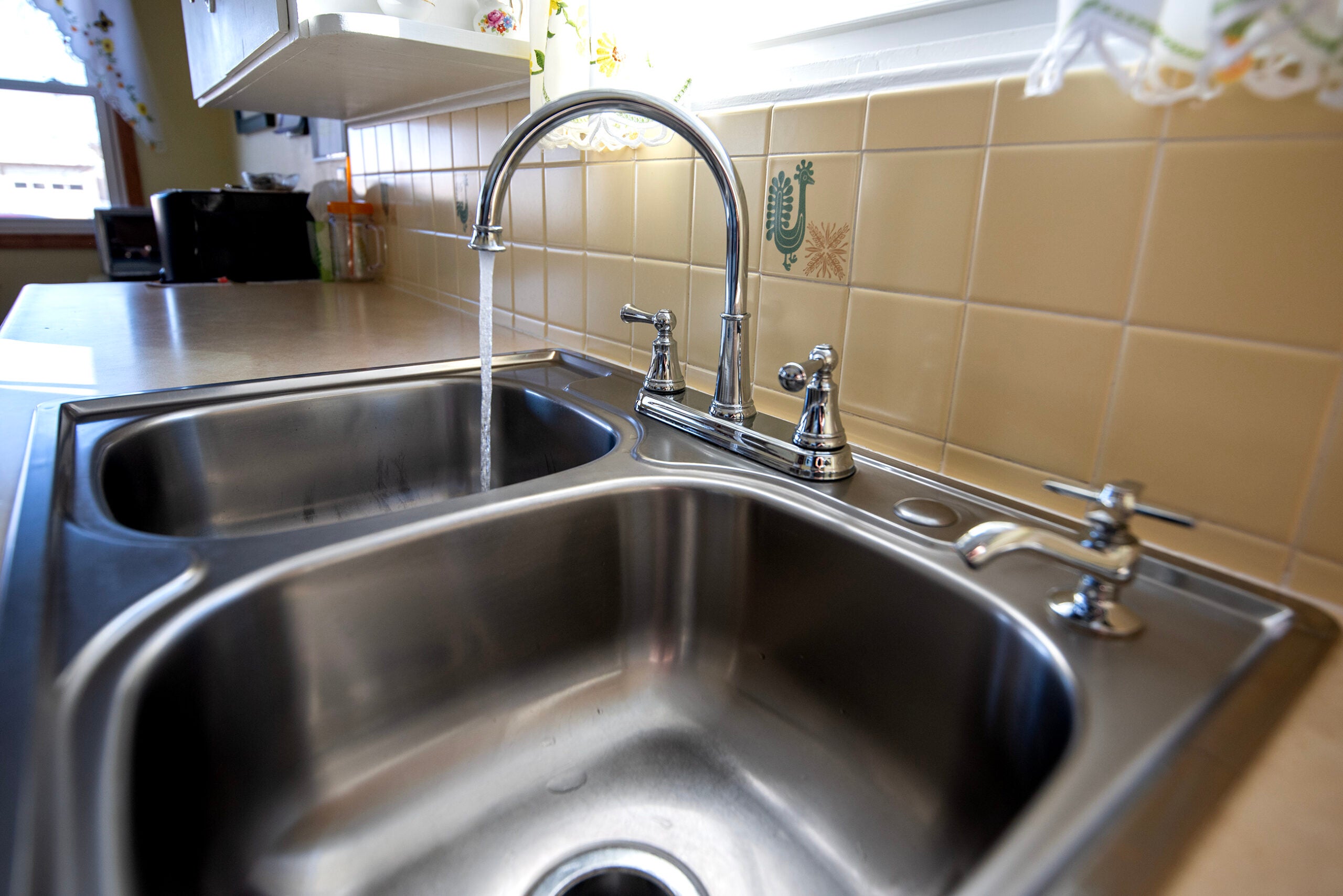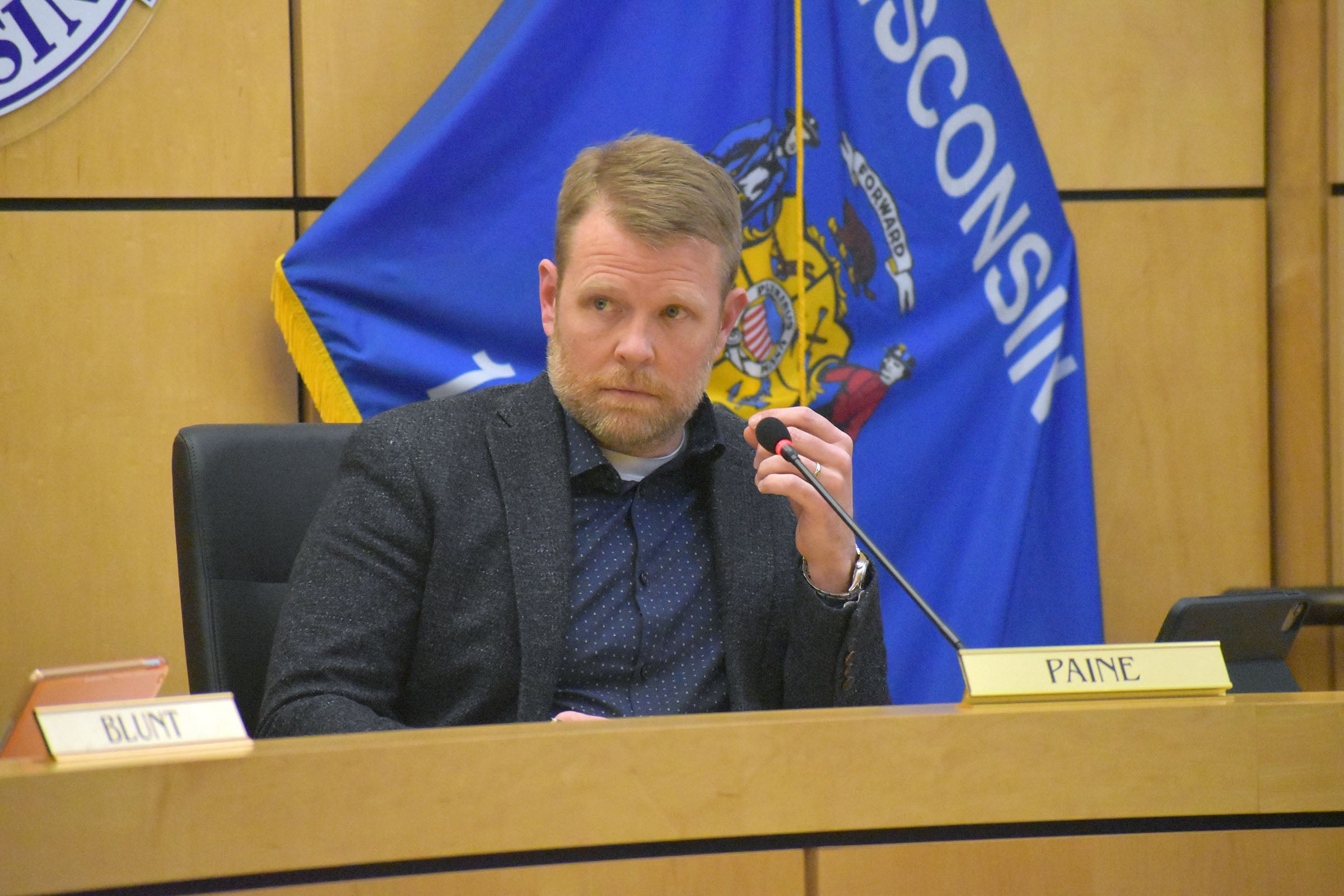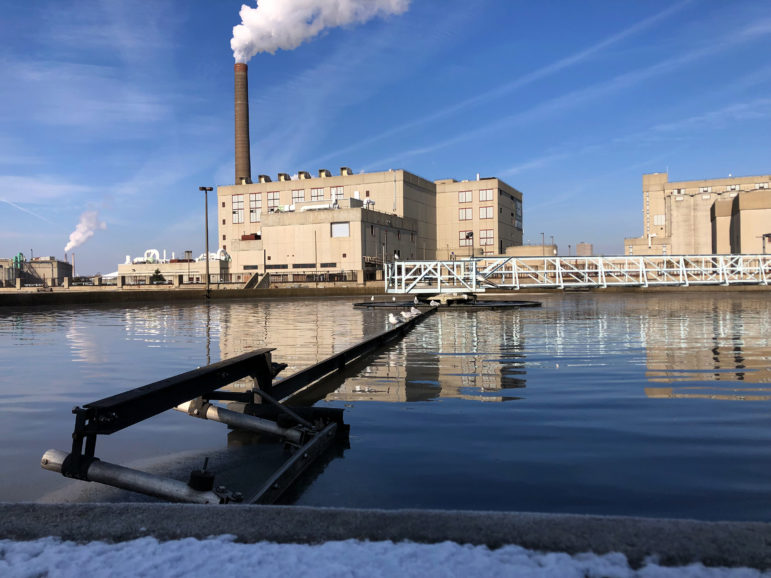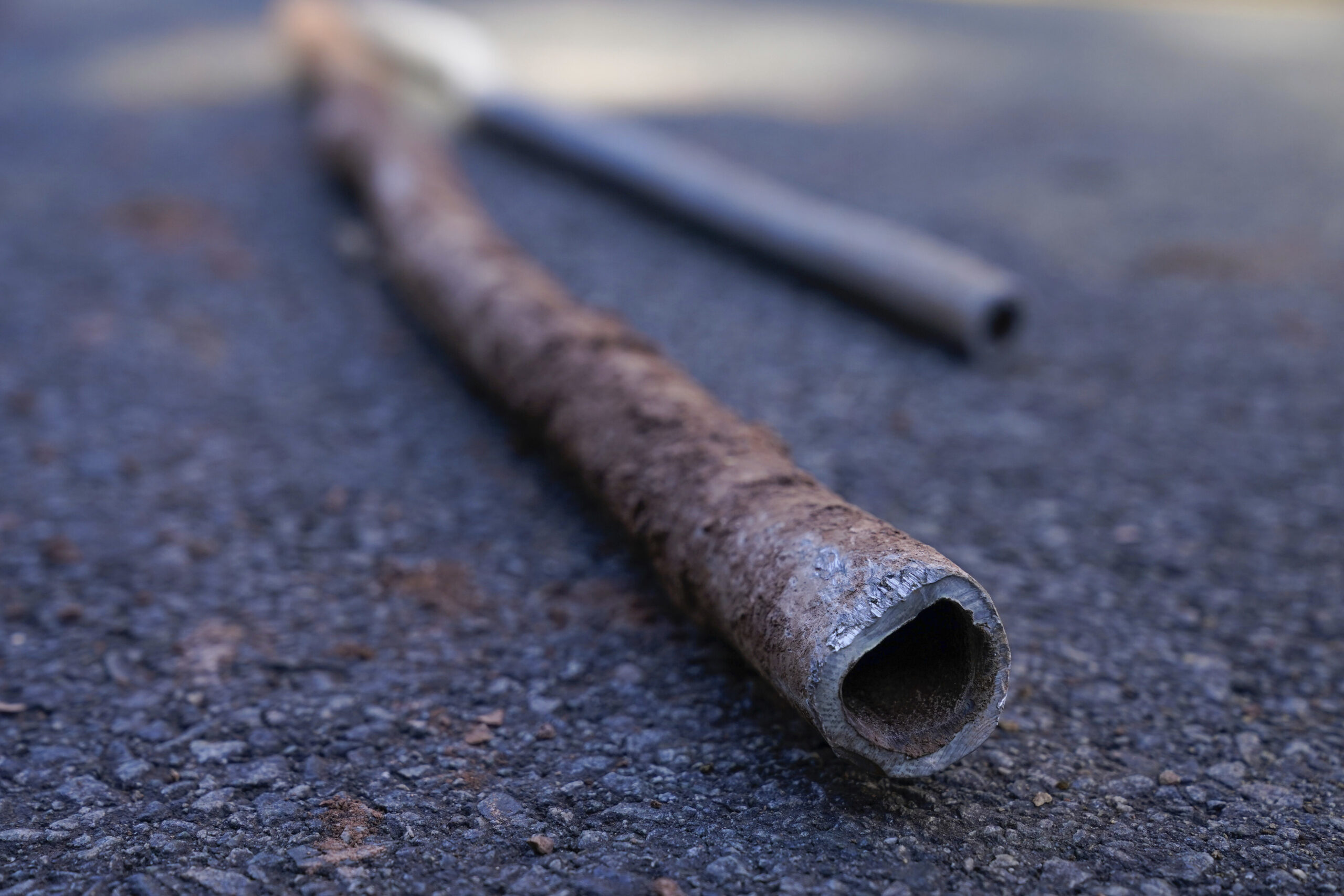Wisconsin is getting more than $61.7 million from the federal government to fund improvements to water and wastewater infrastructure through the state’s revolving loan programs.
Gov. Tony Evers’ budget proposal would boost funding for those programs. The Republican-controlled Joint Finance Committee is set to vote on funding for environmental loans Tuesday.
The U.S. Environmental Protection Agency announced Thursday that Wisconsin would receive just under $43 million for its Clean Water Fund Program and $18.7 million for the Safe Drinking Water Loan Program as part of $2.6 billion in funding for state programs nationwide.
Stay informed on the latest news
Sign up for WPR’s email newsletter.
Federal funding for the state’s programs was down slightly by about 1 percent from last year, said Jim Ritchie, section chief of the Environmental Loans Program within the Wisconsin Department of Natural Resources.
“We have a really strong partnership with U.S. EPA, who provides a significant amount of funding through this program,” he said. “We wouldn’t be able to provide as many loans as we’re able to each year without the annual funding that comes from EPA.”
Last year, the state awarded $123 million in low-interest loans for wastewater projects in 44 communities across Wisconsin. The state provided $57 million in loans to 32 municipalities for drinking water projects last year.
Chris Groh, executive director of the Wisconsin Rural Water Association, said communities are seeking financial assistance to replace their aging infrastructure.
“The infrastructure in this state is very old. It was installed probably some of it 50 years ago — some of it 150 years ago,” said Groh. “It’s to the point where it’s all used up. It’s all broken. It’s not in great shape and it needs to be replaced.”
At the same time, Groh said treatment plants have also been trying to upgrade facilities to come into compliance with the state’s phosphorus rule aimed at minimizing nutrient pollution in lakes, rivers and streams.
Ritchie said they’ve been able to fund all requests for funds through the state’s revolving loan programs in the last six or seven years. However, he anticipates large requests for funding within the next three years as communities seek to replace their infrastructure.
“They’re expensive projects, and they’re difficult for the municipalities who decide to undertake these projects. It still costs their taxpayers’ funds,” Ritchie said. “These are loans so they still have to be repaid. It’s difficult for a municipality with tight budgets to undertake some of these expensive infrastructure projects.”
Evers has declared 2019 as the year of clean drinking water in Wisconsin. As part of that, the Evers’ budget proposal would provide an additional $17 million in bonding for the two loan programs that comprise the state’s Environmental Improvement Fund.
The JFC is set to vote on funding for the programs this Tuesday. However, the committee voted last week to remove the governor’s proposal for $40 million in bonding to replace lead service lines.
The state’s Clean Water Fund Program currently has around $352.9 million. Wisconsin’s Safe Drinking Water Loan Program currently has a balance of $81.3 million, according to figures provided by the DNR. Wisconsin has awarded more than $5 billion for wastewater and drinking water projects since 1991.
The EPA said agency estimates show $743 billion is needed to address the nation’s drinking water and wastewater infrastructure.
Wisconsin Public Radio, © Copyright 2025, Board of Regents of the University of Wisconsin System and Wisconsin Educational Communications Board.
